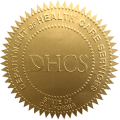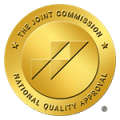Opioid addiction has become a significant public health concern globally. It is a complex disorder that affects millions of individuals, leading to devastating consequences for individuals, families, and communities. Understanding opioid addiction and identifying effective treatments are crucial in addressing this pressing issue.
The misuse of prescription opioids and the availability of illicit opioids like heroin have contributed to the rapid increase in addiction rates. The impact of opioid addiction extends beyond individual health, leading to social and economic burdens on societies.
This article aims to provide comprehensive insights into opioid addiction and discuss the most effective treatments for opioid use disorder.
So, what is Opioid?
An opioid is a class of drugs that includes both prescription pain relievers and illegal drugs such as heroin. These drugs are derived from or chemically similar to substances found in the opium poppy plant. Opioids are primarily used for their analgesic (pain-relieving) properties, and they work by binding to specific receptors in the brain and body.
Prescription opioids are commonly used to manage moderate to severe pain after surgeries, injuries, or chronic pain conditions. Examples of prescription opioids include oxycodone, hydrocodone, morphine, and fentanyl. These medications can be highly effective for pain relief but also carry a risk of dependence, misuse, and addiction.
Now, What is Opioid Addiction?
Opioid addiction, also known as opioid use disorder (OUD), is a chronic condition characterized by the compulsive and uncontrollable use of opioids, despite negative consequences. It is considered a medical condition and is classified as a substance use disorder in the Diagnostic and Statistical Manual of Mental Disorders (DSM-5).
Addiction to opioids typically develops over time as the brain and body adapt to the presence of the drug. Prolonged use of opioids can lead to physical dependence, where the body requires the drug to function normally. Additionally, individuals may experience cravings and a loss of control over their opioid use.
What are the common signs and symptoms of opioid addiction?
Common signs and symptoms of opioid addiction or opioid use disorder (OUD) can vary from person to person, but some typical indicators include:
- Compulsive drug use: Individuals with opioid addiction often engage in excessive or frequent use of opioids, spending significant time and effort obtaining the drugs, using them, or recovering from their effects.
- Cravings: Strong and persistent desires or urges to use opioids. These cravings can be intense and difficult to resist.
- Tolerance: Over time, the body develops a tolerance to opioids, meaning higher doses are needed to achieve the desired effects. Tolerance can lead to increased drug consumption and a higher risk of overdose.
- Withdrawal symptoms: When attempting to reduce or stop opioid use, individuals with addiction may experience withdrawal symptoms. These can include restlessness, muscle aches, nausea, vomiting, diarrhea, anxiety, insomnia, sweating, chills, and flu-like symptoms.
- Loss of control: Individuals with opioid addiction often find it challenging to control or stop their drug use. They may make unsuccessful attempts to cut down or quit using opioids.
- Neglecting responsibilities: Opioid addiction can lead to neglect of personal, professional, or educational responsibilities. Individuals may miss work or school, neglect household chores, or disregard financial obligations.
- Social and interpersonal problems: Relationships with family, friends, and loved ones can suffer due to opioid addiction. Individuals may withdraw from social activities, isolate themselves, or experience conflicts with others.
- Continued use despite negative consequences: Despite experiencing negative physical, mental, or social consequences as a result of opioid use, individuals with addiction continue to use opioids. These consequences can include health problems, financial difficulties, legal issues, and strained relationships.
What is Codeine Addiction?
Codeine addiction refers to a condition in which an individual becomes dependent on and experiences compulsive use of codeine, a prescription opioid medication. Codeine is commonly used to relieve mild to moderate pain and suppress coughing. It belongs to the class of drugs known as opioids, which also includes medications like morphine and oxycodone.
Codeine addiction can develop when the drug is used in higher doses or for a longer duration than prescribed, or when it is used without a legitimate medical need. Like other opioids, codeine works by binding to specific receptors in the brain and body, producing pain relief, euphoria, and a sense of relaxation. These pleasurable effects can make codeine addictive.
What is Demerol Addiction?
Demerol addiction refers to a condition in which an individual becomes dependent on and experiences compulsive use of Demerol, which is a brand name for the opioid pain medication called meperidine. Meperidine is a synthetic opioid that is used to relieve moderate to severe pain.
Demerol addiction can occur when the drug is used in higher doses or for a longer duration than prescribed, or when it is used without a legitimate medical need. Like other opioids, Demerol binds to specific receptors in the brain and body, producing pain relief and feelings of euphoria and relaxation. These pleasurable effects can lead to dependence and addiction.
Causes of Opioid Addiction:
Prescription Opioids:
One of the primary causes of opioid addiction is the misuse of prescription opioids. These medications, commonly prescribed for pain management, can be highly addictive if not used as directed. Prolonged use of prescription opioids can lead to dependence and subsequent addiction.
Heroin and Illicit Opioids:
Illicit opioids, such as heroin and fentanyl, also contribute significantly to opioid addiction. The potency and availability of these substances make them appealing to individuals seeking euphoric effects. Unfortunately, the use of illicit opioids carries a high risk of addiction and overdose.
Some Effective Treatment Options for Opioid Use Disorder:
There are several effective treatment options available for opioid use disorder (OUD). The appropriate treatment approach may vary depending on individual needs and preferences.
Here are some commonly used treatment options:
Medication-Assisted Treatment (MAT):
MAT involves the use of medications approved by the Food and Drug Administration (FDA) to help individuals manage cravings and withdrawal symptoms.
The three main medications used for OUD are:
- Methadone: A long-acting opioid agonist that can reduce withdrawal symptoms and cravings. It is typically provided through specialized clinics.
- Buprenorphine: A partial opioid agonist that can alleviate withdrawal symptoms and cravings. It can be prescribed by qualified healthcare providers in various settings, such as primary care offices or specialized clinics.
- Naltrexone: An opioid antagonist that blocks the effects of opioids and reduces cravings. It is available in oral form or as an extended-release injectable.
Behavioral Therapies:
Various types of behavioral therapies can be effective in the treatment of OUD. These therapies aim to modify behaviors and address underlying psychological and social factors associated with addiction.
Examples of behavioral therapies include:
- Cognitive Behavioral Therapy (CBT): Focuses on identifying and changing negative thought patterns and behaviors related to drug use.
- Contingency Management: Involves providing rewards or incentives for drug-free urine tests or other positive behaviors.
- Motivational Interviewing: A client-centered approach that aims to increase motivation and commitment to change.
Support Groups and Peer Support:
Participation in support groups such as Narcotics Anonymous (NA) or Smart Recovery can provide individuals with OUD a supportive community and opportunities for sharing experiences and strategies for recovery.
Comprehensive Treatment Programs:
Comprehensive treatment programs combine medication, behavioral therapies, and other supportive services to address the complex needs of individuals with OUD. These programs may include medical care, counseling, vocational support, and assistance with housing and legal issues.
Residential or Inpatient Treatment:
In certain cases, individuals with severe OUD or complex needs may benefit from residential inpatient treatment programs where they receive 24-hour medical and therapeutic support in a structured environment.
Conclusion:
Opioid addiction is a complex and pervasive issue that requires a multifaceted approach to treatment. Understanding the causes, symptoms, and effective treatment options is crucial in addressing this public health crisis.
By combining medication-assisted treatment, behavioral therapies, holistic approaches, and overcoming barriers to treatment, individuals struggling with opioid addiction can embark on a path to recovery and reclaim their lives.
It is important to consult with healthcare professionals or addiction specialists to determine the most suitable treatment options based on an individual’s specific situation and needs.
Treatment plans should be personalized and may involve a combination of these approaches to promote successful recovery and long-term management of OUD.
FAQs on Opioid Addiction:
Q1: Can opioid addiction be cured completely?
A: While opioid addiction cannot be completely cured, it can be effectively managed with the right treatment and support. Recovery from opioid addiction is an ongoing process that requires long-term commitment and lifestyle changes.
Q2: How long does opioid addiction treatment take?
A: The duration of opioid addiction treatment varies for each individual. It can range from several months to years, depending on factors such as the severity of addiction, individual response to treatment, and the presence of co-occurring mental health conditions.
Q3: Is medication-assisted treatment effective for everyone?
A: Medication-assisted treatment has shown effectiveness in treating opioid addiction for many individuals. However, the suitability and response to treatment can vary. It is important to consult with healthcare professionals to determine the most appropriate treatment plan for individual needs.
Q4: Can I quit opioids without professional help?
A: While it is possible to quit opioids without professional help, the chances of successful and sustainable recovery are significantly higher with the support of healthcare professionals. Professional help provides comprehensive treatment, addresses withdrawal symptoms, and offers strategies for relapse prevention.
Q5: How can I support a loved one struggling with opioid addiction?
A: Supporting a loved one struggling with opioid addiction involves understanding the condition, being empathetic, and encouraging them to seek professional help. It is also important to educate yourself about available resources, such as treatment centers and support groups, to guide them toward recovery.




